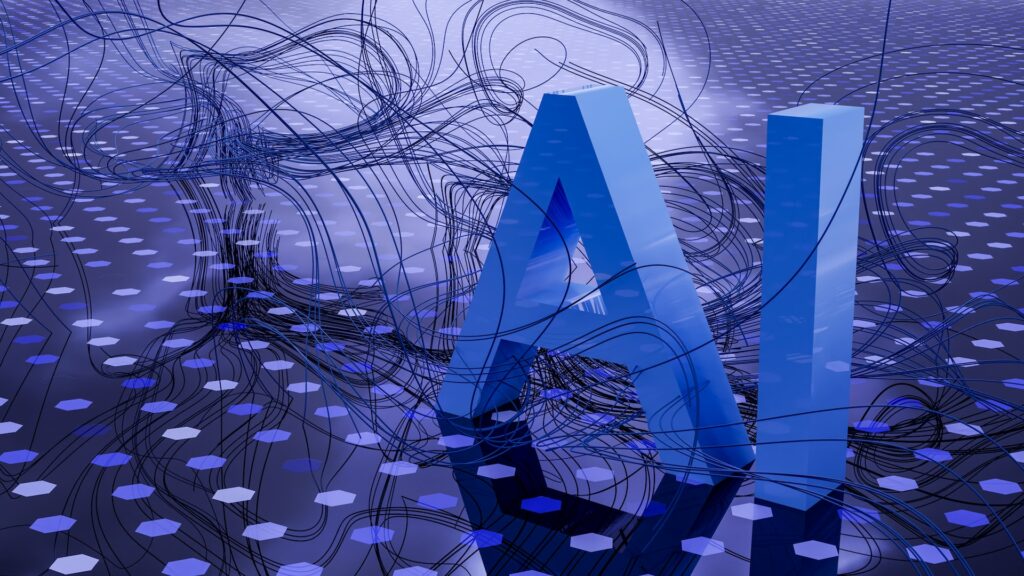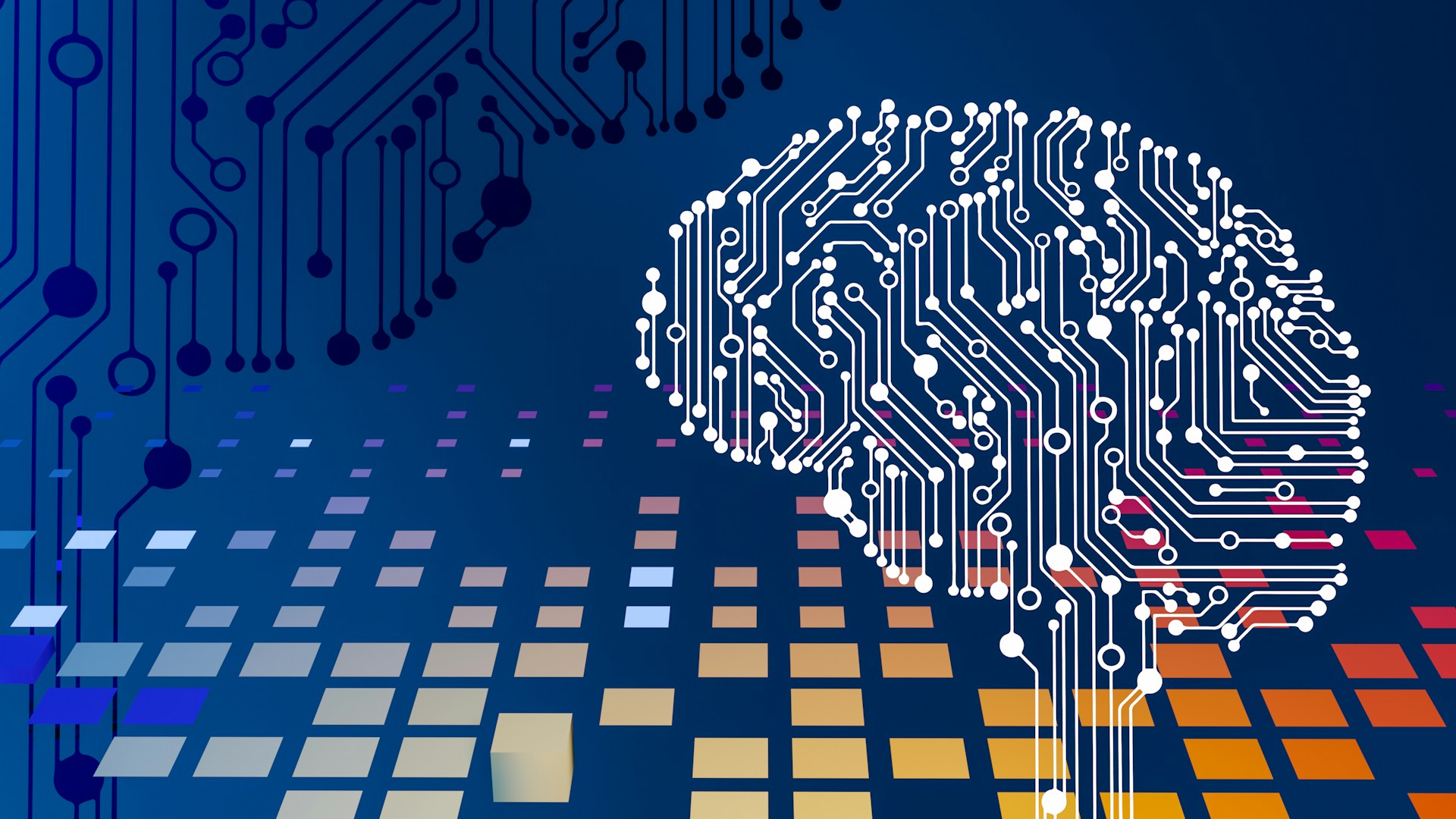No special IP rights should be created to safeguard innovative AI output; rather, patent law could apply its usual rules regarding inventorship and ownership for inventions produced by AI. Patent applicants would then have to disclose how their inventive AI systems contributed to the invention process and instructing the public about innovations while inducing follow-on innovation. Such disclosure is an integral component of how patent systems function as instructive mechanisms and incentivize future innovation.
AI Technologies Transforming Patent Processes
AI’s Role in Patent Examination
Patents serve as an essential signal of value for businesses, allowing them to demonstrate the innovative nature of their technology and promote it as proprietary while validating it and distinguishing their products/services as unique. They also help strengthen a company’s innovative capabilities and fortify barriers against entry from competitors while offering significant income/ROI opportunities.
Companies possessing patents also enjoy protection against infringement claims; and may leverage the enforceable exclusivity of their IP through licensing arrangements or by strategically selecting and monitoring patent landscapes in different jurisdictions in order to optimize global IP strategies.
Many businesses remain cautious when seeking patent protection for AI-generated inventions due to concerns that proving that an AI system was the inventor may prove difficult – this concern is particularly acute in markets that require patent applicants identify an inventor directly.
Businesses often prefer to keep their innovative AI systems hidden, preferring instead to protect them through copyrights or trade secrets. This approach can be especially advantageous when AI systems contribute to creating creative works such as music videos, films or novels where their role cannot be easily demonstrated or evaluated.
Patent offices and other IP stakeholders can collaborate in developing an appropriate legal and factual framework for generative art. Patent offices could require applicants to disclose openly the nature, extent and mechanism of an AI system’s inventive contribution when filing their patent applications – this would help foster greater understanding of the creative process while simultaneously helping assess whether human contribution alone suffices for patentability.
Be mindful that the USPTO recently issued a call for public comments on patenting of AI-generated inventions and other related intellectual property policy issues related to AI. As part of their outreach initiative, they plan on forming partnerships with academia, independent inventors, small businesses, industry, other government agencies, nonprofits, and civil society within this AI/ET community.
AI’s Role in Patent Searching
AI systems can be employed to search patent databases to identify relevant technologies, as well as perform prior art searches on pending applications. Such searches can help establish whether there exists existing IP that could obstruct patenting of any given invention; or assist with patent application preparation by providing lists of possible alternative solutions.
However, AI’s search and identification capacity could lead to an increase in patent holdings by dominant players who possess superior technologies and access to training data. Longer-term, this development could negatively affect innovation and competition as these dominant players patent every idea that crosses their minds without fear that competing inventions might also be protected through patenting by others.
Concerns surrounding AI inventions have led to considerable interest regarding whether these creations should qualify for patent protection, prompting the USPTO to publish two notices seeking public comment on various patent policy issues related to patenting AI inventions.
The first notice posed the question of whether patent laws and regulations adequately addressed inventorship issues associated with artificial intelligence (AI), including subject matter eligibility, written descriptions or enablement considerations specific to AI inventions. The second notice raised whether or not the USPTO should consider adding an additional requirement that applicants for AI-devised inventions disclose details regarding human contribution during the inventive process.
Respondents to the USPTO’s Call for Views generally agreed that current patent law is well suited to address AI-generated inventions; however, any changes must remain consistent with overall IP and AI landscape.
Stakeholders were in agreement that any changes to patent law regarding AI-related innovations must not interfere with consistent documentation and disclosure obligations for users of AI systems.
Our Recommendation suggests that, absent an accepted legal definition of inventor, natural persons who act as proxy inventors for AI systems should be allowed to act so long as they disclose both their role and that specific system for which they are acting as proxy inventor. This would serve as an acceptable temporary solution until legislative changes allow more honest recognition of AI’s key role in invention processes.

AI’s Role in Patent Review
The Government is focused on encouraging innovation across key technology areas such as artificial intelligence (AI) and emerging technologies (ET). We seek to ensure that IP systems foster and reward innovation in an equitable fashion – for instance by offering patent protection that encourages AI-generated inventions.
Few jurisdictions already permit AI systems to be named the inventors of inventions; however, most patent offices such as UK require that inventors be human beings. As AI becomes more powerful and sophisticated, stakeholders have raised the possibility of reforming these rules.
Option 2 would amend patent law to permit AI systems to be identified as inventors in certain circumstances, and provide for new rights of protection for computer-generated works and technology with certain restrictions that would complement existing copyright protections for works created by humans as well as computer-generated artistic pieces. This proposal is currently under consideration and could have its own benefits and challenges.
Option 3 would uphold the current patent inventorship rule that requires only humans to qualify as inventors of inventions patented. This approach aligns with UK international trade policy and may be more viable for businesses operating across significant commercial markets where current patent laws prevent AI-derived innovations from being protected.
Option 4 would maintain the current patent inventorship rule and establish a right of patent protection for AI-devised inventions, with an accompanying test designed to establish whether they are novel and nonobvious. Option 3 may not prove as attractive to industry stakeholders, as it would raise the bar for what constitutes an inventive step and reduce patents granted on AI-generated inventions. Still, it could be the most pragmatic solution in terms of encouraging investment in AI-devised inventions. The Government remains dedicated to finding an incentive scheme for innovation related to AI inventions without unnecessarily restricting follow-on innovation by third parties.
AI’s Role in Patent Prosecution
As patents are reviewed and interpreted, AI’s ability to deliver more comprehensive search results and enhance review quality has become more relevant. AI is already employed by several patent offices for indexing documents for relevance; suggesting keywords and prior art references; identifying linkages; ranking documents according to relevance; ranking documents according to relevance; supporting patentability assessment process as well as improving public access.
To increase chances of patent eligibility for AI-based inventions, drafting an effective patent claim is key. Achieve this requires carefully considering technical detail, legal consideration and strategic breadth – as overgeneralization could result in being rejected as abstract claims. Instead, focusing on specific elements and practical applications will help distinguish your innovation from existing technologies, increasing chances of creating an intellectual property framework around an AI tool.
Current patent law operates under the assumption that inventors are human; as AI develops new medicines and materials, develops groundbreaking designs, and pioneers other innovations, legal considerations must also change accordingly. While assigning copyright protection may not make sense in all circumstances, access restrictions and digital watermarks can still help safeguard AI-generated works from unlicensed usage.
Corporations should acquire initial ownership of AI-generated IP, rather than individuals, so as to maximize utilization and sharing for the greater good. Furthermore, natural persons could act as proxy inventors on behalf of AI systems as long as they disclose this role and any details about this system they represent.
As patent laws change and more people turn to AI solutions for assistance, patent offices will need to embrace custom innovation to fulfill stakeholder expectations with limited resources. Combining data, technology and expertise effectively will allow patent offices to experience dramatic productivity gains while capitalizing on emerging opportunities for growth.
Challenges and Concerns
The integration of AI in patent office interactions brings about numerous benefits, but it also introduces several challenges and concerns that need careful consideration. Here’s an in-depth exploration of the challenges and concerns associated with AI in the context of patent processes:
1. Ethical Considerations in AI-Driven Patent Examination
Transparency and Explainability:
AI algorithms, especially deep learning models, are often considered as “black boxes,” making it challenging to understand their decision-making processes. Lack of transparency raises concerns about how patent examiners can justify decisions based on AI recommendations.
Fairness and Bias
AI systems may inherit biases present in training data, potentially leading to discriminatory outcomes. Ensuring fairness in patent examination is crucial to prevent the reinforcement of existing biases in innovation.
2. Potential Biases in AI Algorithms
Bias in Training Data
AI models trained on historical patent data may perpetuate biases present in that data. This can result in preferential treatment for certain technologies or industries, disadvantaging others.
Underrepresentation
If certain groups or regions are underrepresented in the training data, the AI system may not adequately consider innovations from these areas.
3. The Need for Human Oversight in Critical Decision-Making Processes
Final Decision Responsibility
While AI can provide valuable insights and recommendations, the ultimate responsibility for patent approvals and rejections should remain with human examiners. Ensuring that critical decisions are made by humans helps maintain accountability and prevents undue reliance on AI systems.
4. Data Privacy and Security Concerns
Sensitive Information Handling
Patent applications often contain sensitive business information. Ensuring the secure handling of this information by AI systems is crucial to prevent unauthorized access or data breaches.
5. Adaptability to Emerging Technologies
Rapid Technological Changes
The pace of technological innovation is rapid, and AI systems may struggle to keep up with emerging technologies. Ensuring that AI models remain adaptable to new technological developments is essential for their continued effectiveness.
6. User Acceptance and Training
Resistance to Change
Patent examiners and stakeholders may be resistant to the adoption of AI due to a lack of understanding or fear of job displacement. Effective training programs and clear communication are necessary to overcome resistance and foster a collaborative environment.
7. Interoperability and Standardization
Integration Challenges
Different patent offices and systems may use varying AI technologies, creating interoperability challenges. Standardization efforts are needed to ensure seamless collaboration and data exchange between different patent systems.
8. Costs and Resource Allocation
Initial Implementation Costs
Implementing AI systems requires significant financial investments in technology, training, and infrastructure. Ensuring that these costs are justifiable and lead to long-term efficiency gains is crucial for the successful integration of AI.
9. Legal and Regulatory Compliance
Lack of Clear Regulations
The legal framework governing AI in patent processes may be insufficient or unclear. Establishing comprehensive and adaptable regulations is essential to address the ethical and legal implications of AI.
Addressing these challenges and concerns is paramount to realizing the full potential of AI in patent office interactions. It requires a multi-faceted approach involving collaboration between technologists, legal experts, and policymakers to develop ethical guidelines, ensure fairness, and build a robust framework that fosters responsible AI implementation in patent processes.
Conclusion
The integration of artificial intelligence (AI) in patent office interactions marks a transformative leap toward efficiency, accuracy, and innovation in the realm of intellectual property. As we navigate the complexities of a rapidly evolving technological landscape, AI emerges as an indispensable ally for patent offices, streamlining processes, enhancing search capabilities, and ultimately expediting the patent examination journey.
The synergy between human expertise and AI capabilities not only accelerates the pace of innovation but also ensures that the patent system remains agile and adaptive in the face of ever-changing technological advancements. Embracing AI in patent office interactions not only optimizes administrative workflows but also cultivates an environment where groundbreaking ideas can flourish, fostering a future where the intersection of human ingenuity and artificial intelligence propels us toward unprecedented heights of intellectual discovery and protection.

Leave a Reply